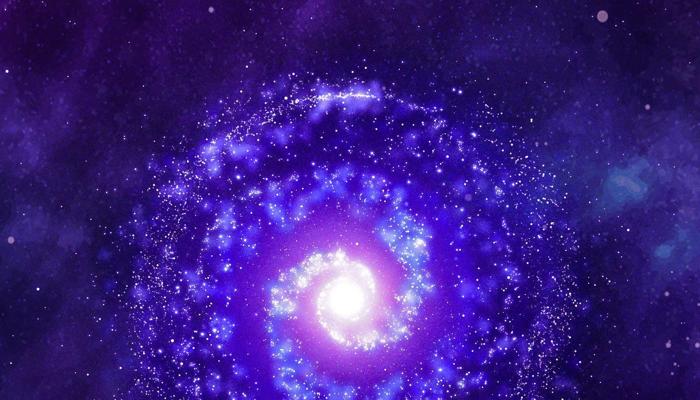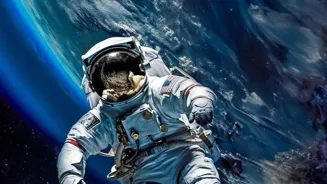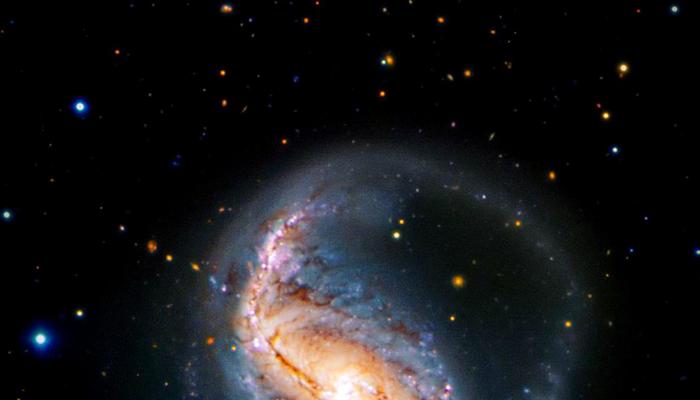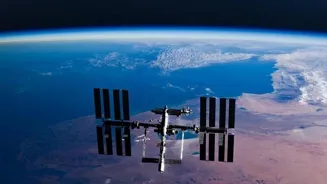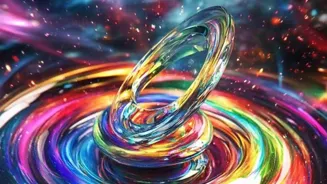Unveiling the Mystery of Gravity Waves: A New Frontier in Space Exploration. Discover the hidden whispers of the cosmos!
For centuries, we have been observing space through light. Telescopes, big and small,
have shown us the wonders of planets, stars, and galaxies far, far away. But what if light is not the only way to “see” the universe? What if there are other messengers carrying information about the cosmos?
That's where gravity waves come in, offering a brand new perspective on the universe, a perspective that’s both exciting and a bit mystifying.
Gravity waves reveal hidden cosmic events beyond telescopic view
These gravity waves, sometimes called gravitational waves, are like ripples in the fabric of space and time. Imagine dropping a stone into a still pond. The stone creates ripples that spread outwards.
Similarly, when very massive objects in space accelerate or collide – things like black holes merging or stars exploding –they create these ripples in space-time. Now, you might ask, what exactly is "space-time"?
Well, think of it as the combination of the three dimensions we know (length, breadth, and height) with time, all woven together. Einstein's theory of General Relativity, which is like the holy book of modern physics, predicted these waves way back in 1916.
However, it took a whole century and some incredibly clever technology to actually detect them. This detection was a game-changer because gravity waves can tell us about events that we can't see with telescopes, events hidden behind clouds of dust or too far away for light to reach us.
First gravity wave detection in 2015 by LIGO in US, detecting tiny space changes from cosmic events
The first confirmed detection of gravity waves happened in 2015 by the LIGO (Laser Interferometer Gravitational-Wave Observatory) detectors in the United States. These detectors are massive L-shaped structures, kilometers long, that use lasers to measure tiny changes in length.
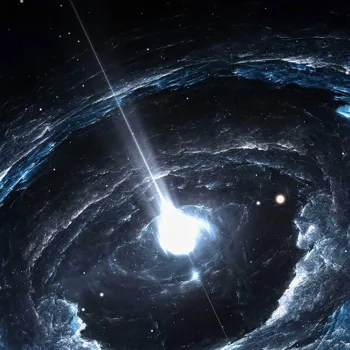
When a gravity wave passes through, it very slightly stretches space in one direction and squeezes it in the other. Even though these changes are incredibly small – smaller than the size of a proton! – LIGO was able to detect them.
This first detection was from two black holes merging together, a violent cosmic event that released a tremendous amount of energy.
Since then, other gravity wave detectors like Virgo in Italy and KAGRA in Japan have joined the search and have detected many more events, including the collision of neutron stars, which are super dense remnants of exploded stars.
Gravity waves reveal hidden cosmos details
Now, what makes these gravity waves so special? Unlike light, gravity waves are barely affected by matter. Light can be blocked, scattered, or absorbed by dust and gas clouds in space, making it hard to see what's happening on the other side.
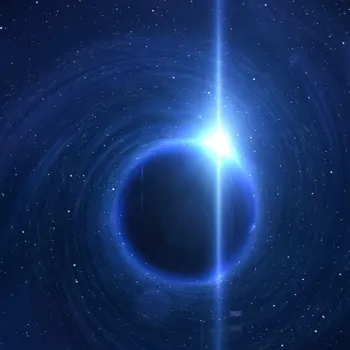
But gravity waves pass right through, giving us a clear view of events that would otherwise be hidden. This is like being able to hear a conversation happening behind a thick wall. You can't see the people talking, but you can still understand what they're saying.
Similarly, gravity waves allow us to "hear" the whispers of the cosmos, even from the most obscured regions of space. This has opened up a whole new window into the study of things like black holes, neutron stars, and even the very early universe.
Deciphering gravity waves: a complex challenge for scientists
However, understanding and interpreting these gravity waves is not an easy task. The signals are often very weak and buried in a lot of noise. Scientists have to use sophisticated techniques to filter out the noise and extract the information from the waves.
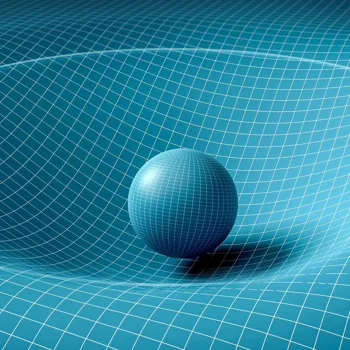
It's like trying to hear a faint whisper in a crowded marketplace. You need to focus very carefully and use all your skills to understand what's being said. Moreover, the theory behind gravity waves is quite complex, requiring a deep understanding of Einstein's General Relativity.
Scientists are still working on developing better models and simulations to accurately interpret the gravity wave signals and learn more about the events that created them. It's like deciphering a coded message. You need to have the right key and the right tools to understand what it means.
Future detectors to unlock universe's secrets with gravity waves
The future of gravity wave astronomy is looking very bright. New and improved detectors are being planned, both on Earth and in space.
These detectors will be more sensitive and will be able to detect a wider range of gravity waves, allowing us to probe even deeper into the universe and learn about events that were previously undetectable.
One exciting possibility is using gravity waves to study the Big Bang, the event that started our universe.
Because gravity waves are so unaffected by matter, they could potentially carry information from the very earliest moments of the universe, giving us a glimpse into the conditions and processes that led to the formation of everything we see today.
It's like finding a time capsule buried deep underground, containing clues about the history of our universe.
Groundbreaking discovery of gravity waves using LIGO and Virgo
Here's a summary. Gravity waves are ripples in space-time, predicted by Einstein's theory. Detection using LIGO and Virgo are groundbreaking.
